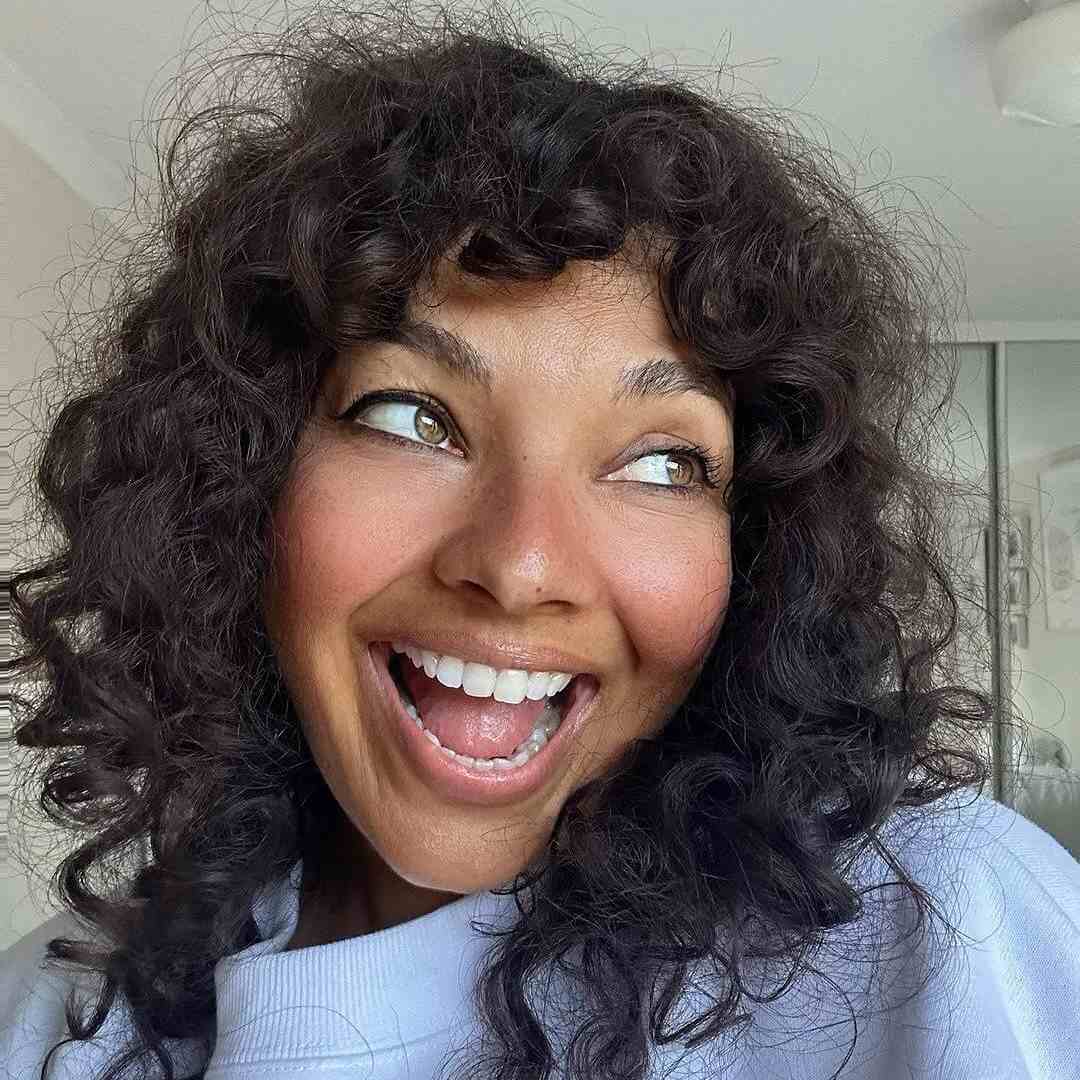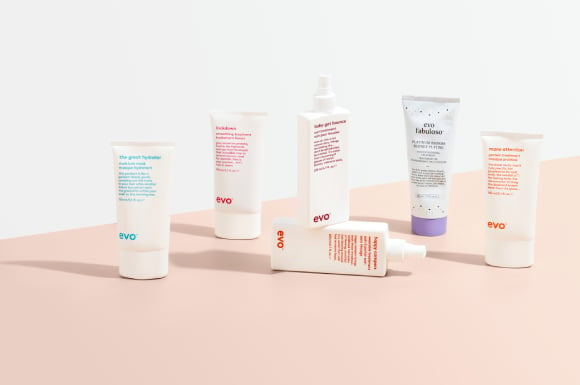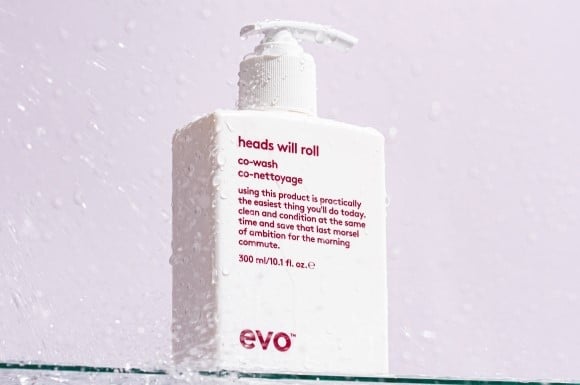understanding your hair type is a bit like finding an outback pub on a hot day without google maps - doable, slightly harder than you thought it’d be, but totally worth it.
not only does it help you choose the right products and routine, but it also saves you time in the long run (more sleep-ins, less time wrangling strands into submission) and money (because we’ve all got a bunch of dud products languishing under the bathroom sink).
so, what is my hair type?
before we get into the nitty-gritty, let’s talk about the four things that determine hair type: texture, density, porosity and curl pattern. texture refers to the diameter or size of the hair strand itself, density is how many strands per square inch on your scalp, porosity is whether the cuticle layer is tight or open from damage and curl pattern describes what kind of wave your hair has. still with us? okay good. let’s work out yours.
first, nail down your texture
determining your texture involves examining the thickness and diameter of individual strands.
fine: fine strands are thin and can be difficult to see individually. they often feel silky or soft and are more prone to tangling. it tends to lack volume and be easily weighed down by products which unlike peanut butter means less is definitely more.
medium: medium hair often appears fuller and has more body compared to fine hair and is generally easier to style and manage. it also holds styles better than fine hair and is less prone to tangling.
coarse: coarse strands are strong and resilient but can feel a little rough or wiry. on the upside, it usually looks va-va-voom volume wise and can hold styles all night, but it can be tricky to manage and more prone to frizz.
image credit: @squeehair
next, weigh up your thickness
hair density is all about how thick or thin your hair appears. you can determine your density with a simple ponytail test. if your ponytail is less than 2 inches in circumference you have low density, if it’s between 2-4 inches, you have medium density, and if your ponytail is more than 4 inches, you have high density. ask a mate to help you measure if you weren’t graced with double-jointed elbows.
then, assess your absorbency
hair porosity affects how your hair absorbs and retains moisture. to make things easier, think of your hair a bit like a kitchen sponge. low porosity hair repels moisture, takes a long time to dry, and products tend to sit on top rather than be soaked up. hair with normal porosity, on the other hand, holds moisture well and is easy to style, with products absorbing well. and high porosity hair absorbs moisture quickly but also loses it just as fast, and it can feel dry or rough.
and finally, pinpoint your curl pattern
by now you probably have a pretty good idea of your texture, but if not, let's break down the different categories:
straight: straight hair lies flat and has little to no curl. it tends to be sleek and shiny because oils can travel down the hair easily.
wavy: wavy hair forms loose s-shaped waves. it has more body than straight hair and can be prone to frizz.
curly: curly hair forms distinct curls or ringlets. it can range from loose, bouncy curls to tighter corkscrews.
coily: kinky or coily hair forms very tight curls or zig-zags. it tends to be very dense and can shrink significantly when dry.
image credit: @larissajonesbeautyheartist
take our hair type quiz
still slightly confused? don’t be. take this speedy quiz to label your hair type once and for all.
1. how would you describe your natural hair?
a. straight
b. wavy
c. curly
d. kinky/coily
2. when your hair is wet, how does it typically dry?
a. dries quickly and remains relatively straight
b. forms loose, soft waves as it dries
c. forms tight curls or ringlets as it dries
d. retains its coil pattern and shrinks significantly when dry
3. how much volume does your hair have?
a. low volume, lies close to the scalp
b. moderate volume, with some lift and body
c. high volume, with considerable fullness and bounce
d. extreme volume, often appearing dense and voluminous
4. what is the circumference of your individual hair strands?
a. fine or thin strands, barely visible
b. medium strands, neither too thick nor too thin
c. coarse or thick strands, easily felt between fingertips
d. very coarse or wiry strands, often feeling dense and robust
5. how does your hair respond to humidity?
a. remains relatively unaffected by humidity
b. becomes slightly frizzy or limp in humid conditions
c. becomes significantly frizzy or expands in volume in humid conditions
d. experiences intense frizz and expands dramatically in volume in humid conditions
6. which of the following best describes your hair's natural shine?
a. appears sleek and shiny without much effort
b. has a subtle sheen that reflects light softly
c. reflects light prominently, appearing glossy
d. has a matte or dull appearance without added moisture or products
7. how does your hair react to chemical treatments or heat styling?
a. holds styles well with minimal product or effort
b. responds well to styling but may require moderate product usage
c. requires specific products and techniques to maintain styles
d. is prone to damage or dryness from chemical treatments or excessive heat styling
8. what is the natural tendency of your hair when left unstyled?
a. lies flat against the scalp with little to no curl or wave
b. exhibits gentle waves or a slight curl pattern
c. forms distinct curls or coils without manipulation
d. retains a tight coil pattern or kinky texture without manipulation
9. how easily does your hair retain moisture?
a. retains moisture well and rarely feels dry
b. requires occasional moisturising but generally maintains hydration
c. tends to lose moisture quickly, feeling dry between washes
d. struggles to retain moisture, feeling dry and brittle even with regular conditioning
10. which hairstyle best represents your hair's natural state?
a. smooth and sleek, with minimal texture
b. soft and flowing, with subtle waves or curls
c. full and voluminous, with defined curls or coils
d. dense and tightly coiled, with abundant texture and volume
drumroll please...
now for some maths (use your fingers or a calculator, no judgments here). for each question, assign yourself the following points based on your answer:
a: 1 point
b: 2 points
c: 3 points
d: 4 points
10-15 points: your hair type is likely straight. we’ve rounded up the best products for you here, but highly recommend spritzing on root canal volumising spray to build a bit of body, texture and shine.
16-25 points: your hair type is likely wavy. made up of a deep clean rinse, a treatment and a styling balm that work together as a team, our wavy routine is the ultimate hack for achieving bombshell bends.
26-35 points: your hair type is likely curly. these products will help keep your curls on point, but if you’re going to pick just one, we’d recommend slathering on liquid rollers curl balm to enhance your natural curl shape while protecting against frizz.
36-40 points: your hair type is likely kinky/coily. our coily routine is made up of a co-wash, treatment, styling balm and curl-defining cream to make ironing out unruly kinks (almost) too easy.



